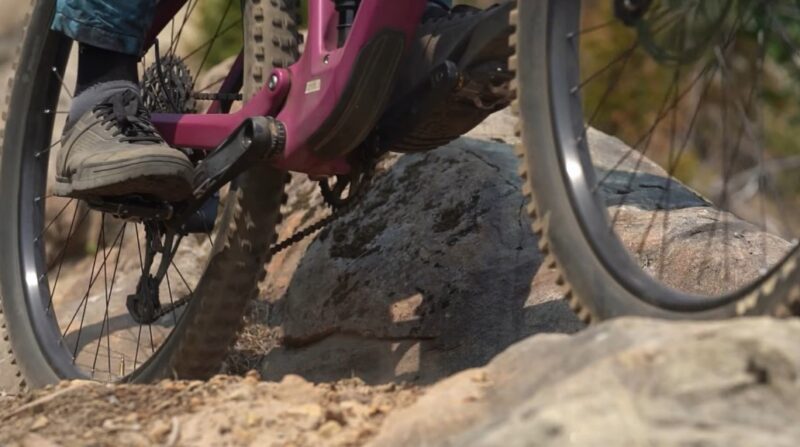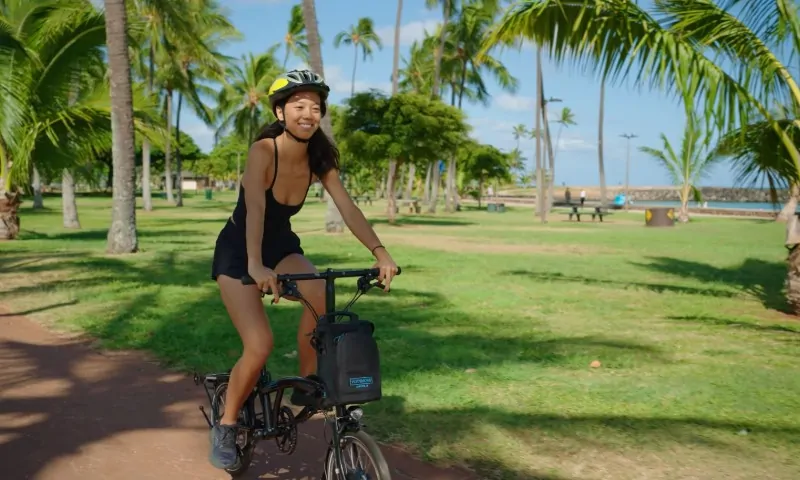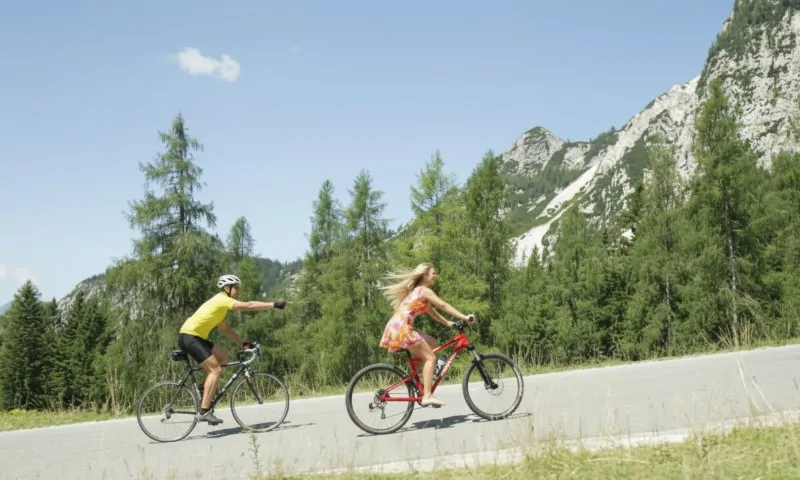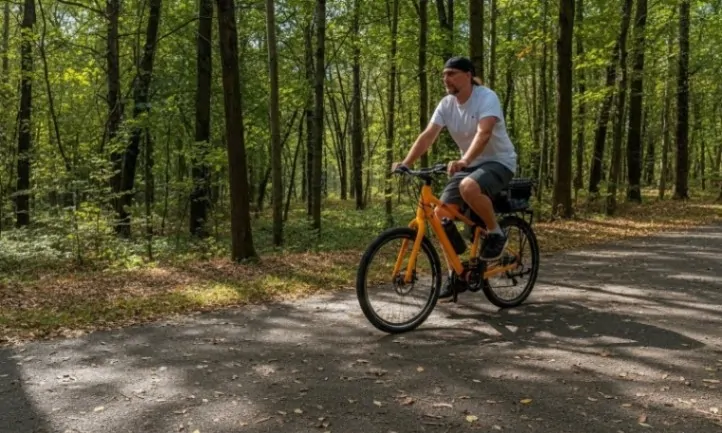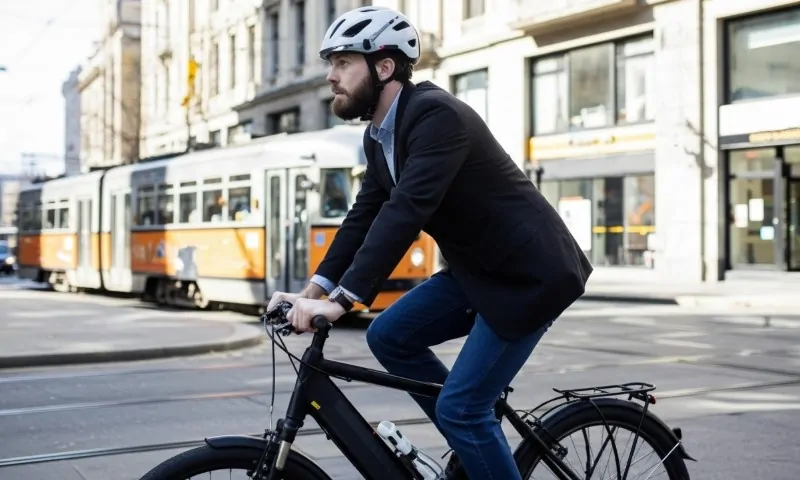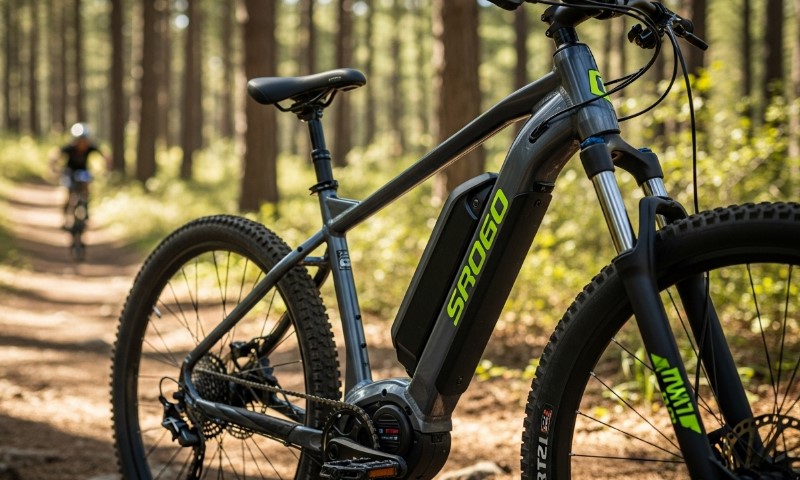When we talk road biking, a lot of us get caught up in the gear and gadgets, but the truth is, your tires make the ride. They’re that important part that can change everything—from how fast you can push the pace to how confidently you grip the road on a tight corner.
Picking the right tires is about knowing your style and goals on the road. Are you all about speed, craving solid grip, or hoping for something that can handle mile after mile without wearing out? Let’s get into what makes a tire right for you.
Table of Contents
ToggleTypes of Road Bike Tires
First off, let’s talk about the three main types of road bike tires: clincher, tubeless clincher, and tubular. Here’s a breakdown:
Clincher Tires
- Common and easy to find: These are everywhere. You probably already have them on your bike.
- Inner tube required: They use an inner tube to hold air pressure. When you get a flat, you just replace the tube.
- User-friendly: Pretty much anyone could change a clincher tire. It’s that easy.
Tubeless Clincher Tires
- No inner tube needed: Say goodbye to that pesky tube.
- Sealant magic: They use a liquid sealant to deal with small punctures.
- Lower air pressure: You can ride with lower pressure, which means more comfort and fewer pinch flats.
Tubular Tires
- Race day special: Mainly for the serious racers out there.
- All-in-one unit: The tire and inner tube are one piece, glued to the wheel.
- Gluey mess: Changing them is a nightmare, but they perform beautifully.
Sizes Matter
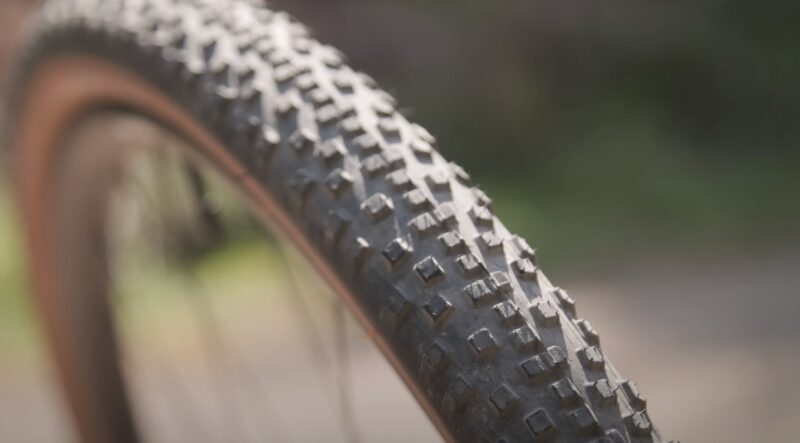
Tire sizes can be as confusing as trying to understand why people still use fax machines. The typical road bike tire sizes you’ll encounter are 700×23, 700×25, 700×28, and 700×32.
What do those numbers mean? The first number is the tire’s diameter in millimeters, and the second number is the width.
- 23mm: Aerodynamic but uncomfortable for long rides.
- 25mm: A good balance between speed and comfort.
- 28mm: More comfort, better traction, but a bit slower.
- 32mm: Maximum comfort and traction, but you’ll feel like you’re dragging a small anchor.
Tire Clearance and Rim Width
Before you go and slap those 32s on your bike, you might want to double-check the clearance. You don’t want to ride around with your tire rubbing against the frame or fork like some kind of amateur.
Let’s not forget about rim width either – you can’t just throw any old tire on there and expect it to play nice.
Proper Tire Pressure
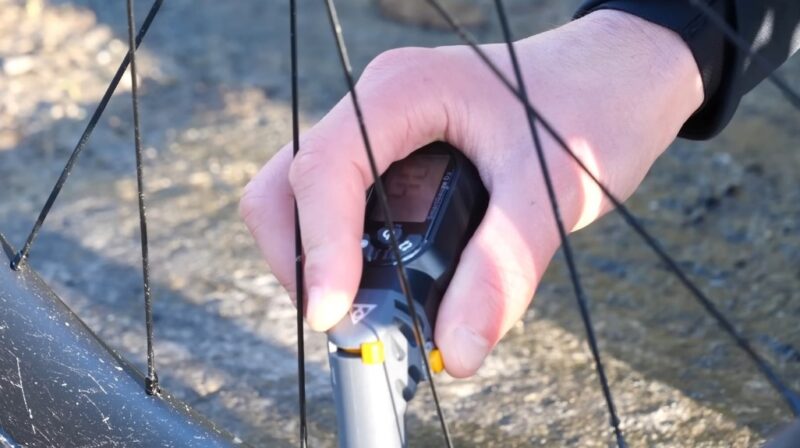
Tire pressure isn’t just about mindlessly pumping air until your arms feel like they’re going to fall off. There’s a bit more to it than that. Getting the pressure just right is key if you want decent performance.
Too high, and you’ll feel every little pebble and crack in the road – it’s like driving on a bed of nails. And too low? Kiss goodbye to your tires and say hello to sluggish handling and pinch flats. Generally:
- High pressure: More speed, less comfort.
- Low pressure: More comfort, better traction, but slower.
Tire Width Options
@globalcyclingnetworkHank and Alex dive into the great tyre width debate 🚴♂️🤔 and discuss the result of their 🤓VERY ACCURATE 🤓science experiment♬ original sound – GCN
Choosing between 23mm, 25mm, 28mm, and 32mm tires boils down to what you prioritize:
- Wider Tires (28mm, 32mm): More comfort and better traction. They also allow for lower air pressure, reducing the risk of pinch flats.
- Narrower Tires (23mm, 25mm): More aerodynamic and faster, but can be uncomfortable on longer rides.
Narrow Tires for Speed
If you’re all about speed, you’ll probably want to lean towards the narrower end of the spectrum. Tires between 23mm and 25mm are ideal if you’re riding on smooth roads and care about pushing the pace.
They’re lighter, create less rolling resistance, and even give you a bit of an aerodynamic advantage. This is why competitive cyclists tend to prefer them.
Wider Tires for Comfort and Control
But here’s the thing—more cyclists are moving toward wider tires (28mm to 32mm), and for good reason. Wider tires offer a more comfortable ride, especially if your roads aren’t pristine.
Think about those bumpy stretches of pavement, cobblestones, or even light gravel. A wider tire can run at lower pressure, which cushions the bumps and provides better grip.
That means more control, more comfort, and ultimately more confidence, especially on those longer rides.
Speed vs. Durability
Speed is the name of the game for many cyclists, but let’s be real—riding isn’t just about going fast. You’ve also got to think about durability.
I can’t count the number of times I’ve seen riders zooming down the road, only to be sidelined by a flat tire because they sacrificed durability for a marginal speed gain. So, where’s the middle ground?
High-Speed Tires
If speed is your priority, there are plenty of tires out there that are designed to minimize rolling resistance. Tires like the Vittoria Corsa Pro Speed or Continental GP5000 TT are fantastic for races and time trials.
You’ll feel like you’re flying because they roll so smoothly with minimal effort. The trade-off, though, is durability. These tires don’t have much in the way of puncture protection, so you might find yourself fixing flats more often than you’d like.
Durable Tires
On the other hand, if you’re more of a commuter or long-distance rider, durability should be higher on your list of priorities. Tires like the Schwalbe Marathon Plus are known for their ruggedness and puncture protection.
They might not be the fastest rolling tires out there, but they’ll give you peace of mind, especially if you’re riding in areas with debris or rough pavement. Fewer flats, longer tire life—sounds like a solid deal, right?
Grip and Traction
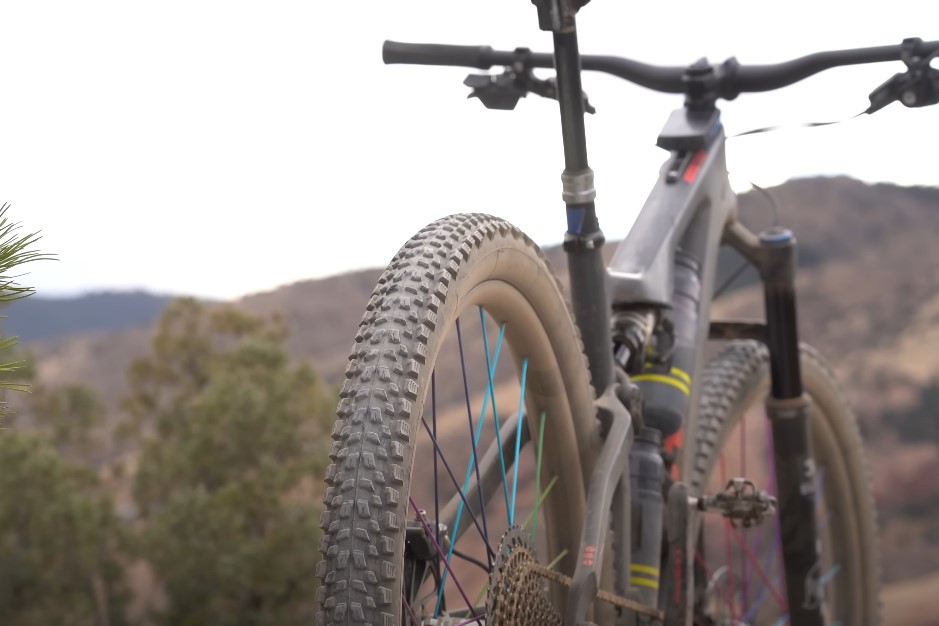
Ever been caught out in a surprise rainstorm with slick tires? It’s not fun. Grip is something you don’t really think about until you need it—like when the roads are wet or covered in leaves.
So, let’s talk about how to balance grip and speed.
Slick Tires for Dry Conditions
Slick tires are exactly what they sound like—smooth and treadless. They’re perfect for dry, smooth roads because they reduce rolling resistance and help you go faster.
If you’re mostly riding in dry conditions, slick tires are probably your best bet. But, and it’s a big but, slick tires can feel a little sketchy in the rain.
Without tread to channel water away, your bike can lose traction, which isn’t a confidence-booster when you’re flying downhill in wet weather.
Tires for Wet and Variable Conditions
If you often find yourself riding in unpredictable weather, you might want to consider a tire with a bit of tread. Options like the Michelin Power Cup Tubeless are fantastic for all-weather riding.
They have just enough tread to improve traction in wet conditions without sacrificing too much speed. Semi-slick tires can offer the best of both worlds—speed on dry roads and stability when things get slippery.
Tread Types
Tread types vary depending on where you ride:
- Smooth Treads: Faster on paved surfaces. Great for road warriors.
- Treaded Tires: Better grip on rough or unpaved roads. Ideal for adventure seekers.
Tire Compounds
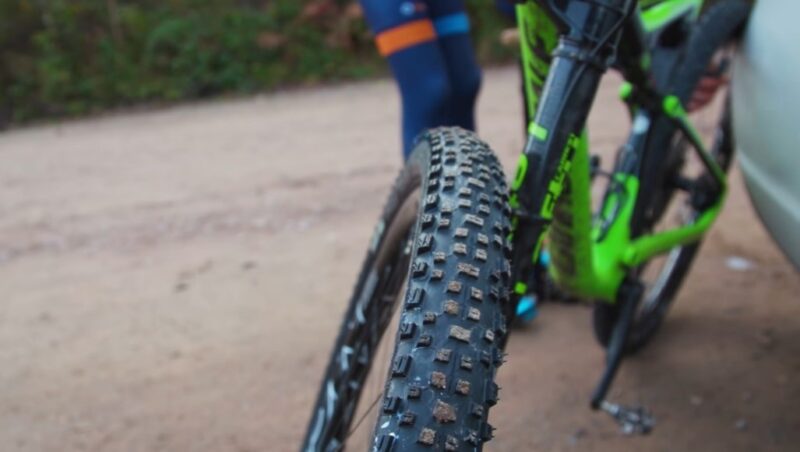
Tire compounds can affect your ride experience significantly:
- Racing Compounds: More elastic and efficient. Think of it as premium fuel for your bike.
- Touring Compounds: More durable. Perfect for long-distance and everyday rides.
Dual Compounds
Some tires feature different compounds in the center and edges. This combo optimizes speed and grip. It’s like having the best of both worlds without needing to switch tires.
The Contact Point
Remember, your tires are the only contact between you and the road. Picking the right one is crucial. A bad tire choice can turn your smooth ride into a teeth-chattering ordeal or a leisurely cruise into a snail race. A quality tire is also good for safety on the road bike.
Brands to Consider
1. Continental Grand Prix 5000 S TR

Continental decided it was time to replace their old GP5000 TL road tubeless tire with the shiny new Continental Grand Prix 5000 S TR. This new tire is fast, grippy, and light as a feather.
It’s even compatible with those fancy “hookless” rims. And the best part is that this tire is tough enough to handle the pounding of the Paris-Roubaix race. You know, that legendary one-day cycling event where the roads are about as smooth as a cheese grater.
Didn’t stop Sonny Colbrelli from winning it on these tires in 2021, so they must be doing something right.
| Type | Tubeless-ready |
| Colour options | Black or ‘transparent’ tan |
| Size and width options | 700x25c, 700x28c, 700x30c, 700x32c |
| Size tested | 700x28c |
| Weight | 280g |
| TPI | 220 |
| Price | $98.95 |
2. WTB Exposure

If you’re looking for the absolute fastest road tire out there, this ain’t it, but this tire is super-versatile. WTB Exposure can handle a little light gravel in between those leisurely Sunday spins.
If you’re in the market for a tire that won’t exactly set the world on fire but will let you explore the great outdoors comfortably, then this should be your best bet.
| Type | Tubeless-ready |
| Colour options | Black or tan |
| Size and width options | 700x30c and 700x36c |
| Size tested | 700x30c |
| Weight | 305g |
| TPI | 60 |
| Price | $55 |
3. Pirelli P Zero Race TLR
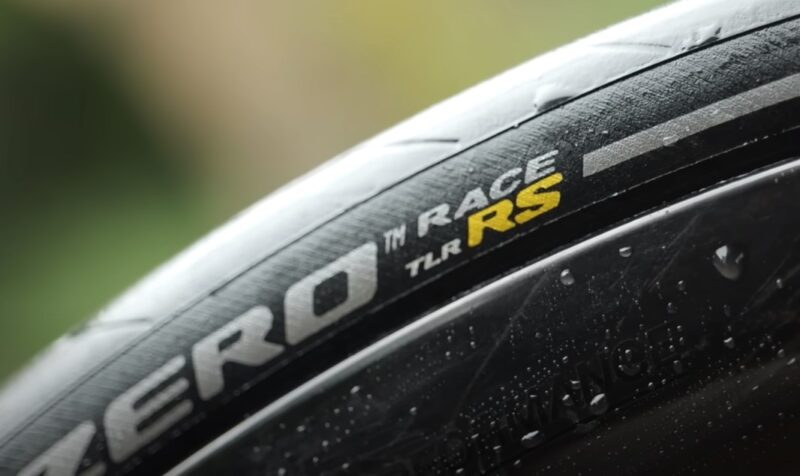
Pirelli P Zero Race TLR is one of my personal favorites. The Speedcore update they dropped last spring took everything to the next level. This was the upgrade that absolutely smoked the competition in resistance tests.
However, It’s not all just lab numbers – this tire delivers where it counts, with killer real-world performance, a nice smooth ride, and a tubeless setup that’s a breeze. Sure, it might have sized up a bit smaller than I expected on my test rims, and it’s not exactly the lightest in its class.
But when it’s all said and done, when it comes to pure, unadulterated performance, this tire is an absolute beast.
| Type | Tubeless (tested) or clincher |
| Colour options | Black (with grey, white, yellow or red logos) or classic tan |
| Size and width options | 700x26c, 700x28c, 700x30c, 700x32c, 700x35c and 700x40c |
| Size tested | 700x28c |
| Weight | 310g |
| TPI | 120 |
| Price | $99.90 |
Summary
Choosing the right road bike tires is about balancing comfort, performance, and durability. Here’s a quick recap:
- Clincher Tires: Common, easy to replace tubes.
- Tubeless Clincher Tires: No tube, sealant for punctures, lower pressure.
- Tubular Tires: Racing-focused, glued to the wheel.
- Tire Sizes: 23mm for speed, 32mm for comfort.
- Pirelli: Reliable brand with a satisfaction guarantee.
- Tread Types: Smooth for speed, treaded for grip.
- Tire Compounds: Elastic for racing, durable for touring.
Don’t settle for the first tire you see. Evaluate your needs and match them with the right type, size, and brand.
Related Posts:
- Canyon Aeroad vs Giant Propel - The Best Aero Road…
- Do Dirt Bike Tires Have Tubes? - What You Need to Know
- Should Bicycle Tires Be Inflated to Maximum PSI (Explained)
- Why You Need a Quality Road Bike Helmet - Protect…
- 9 Tips for Finding the Best Road Bike Pedals -…
- What Is a Class 4 E-bike? - Speed, Power, and Performance

